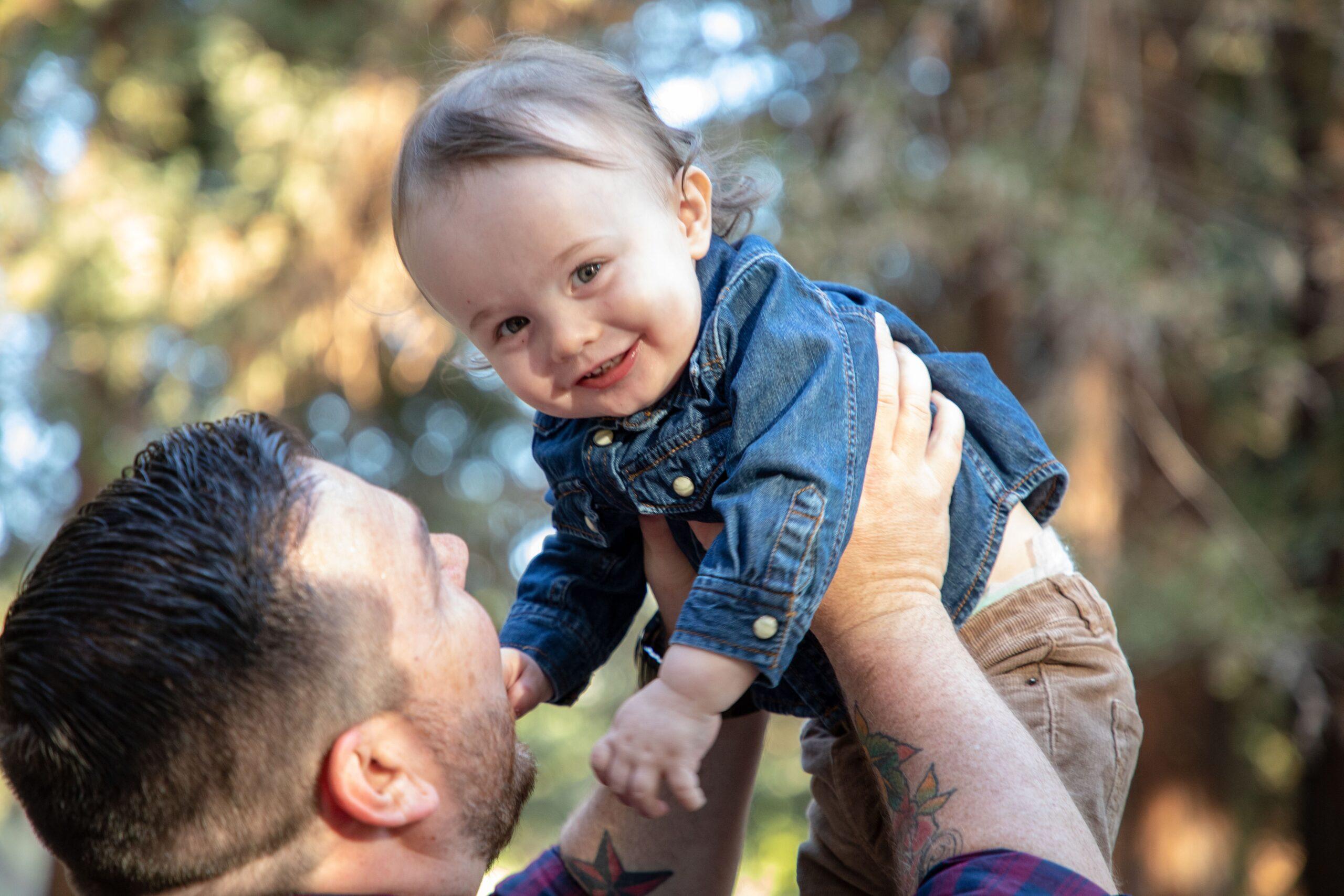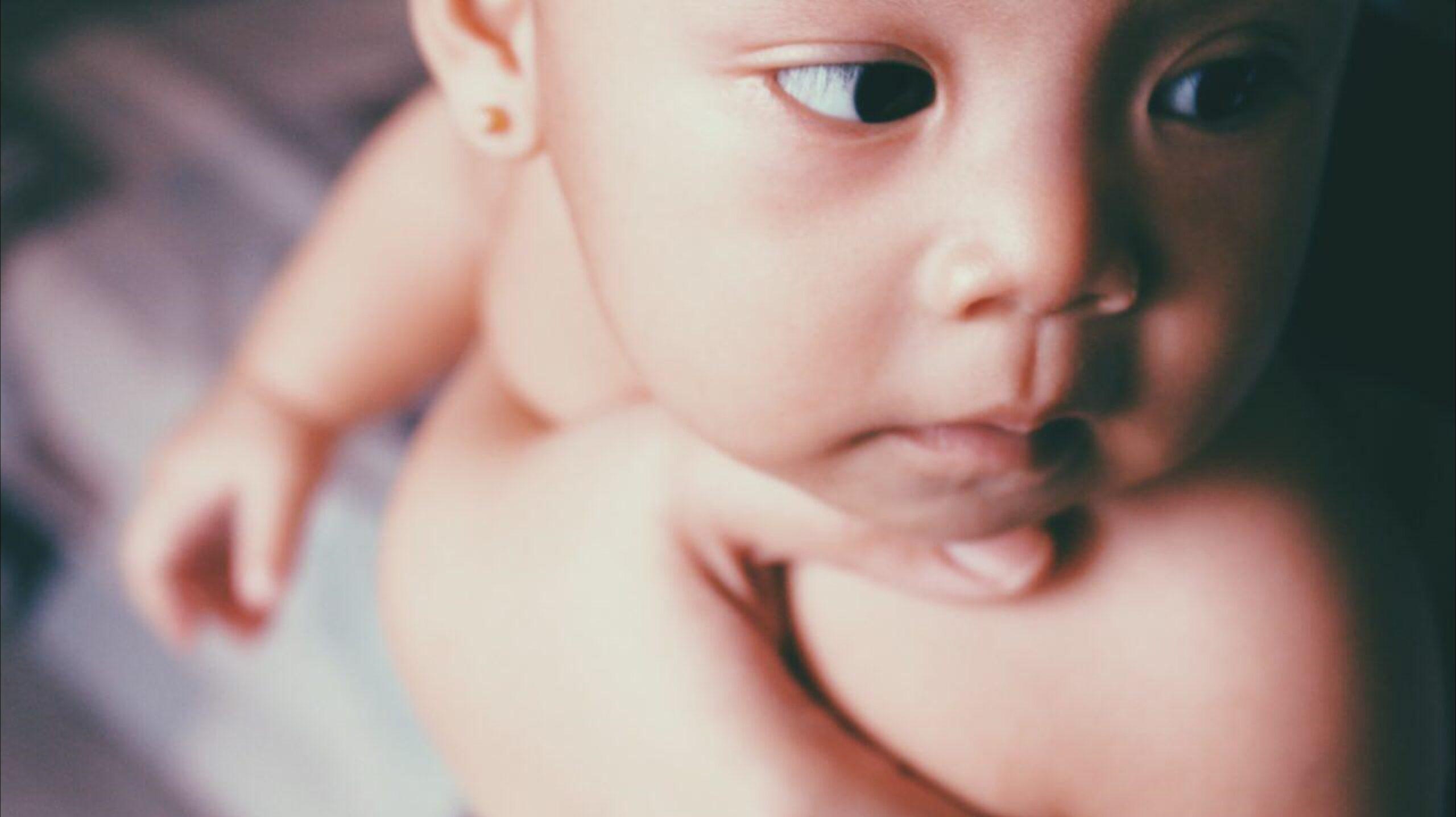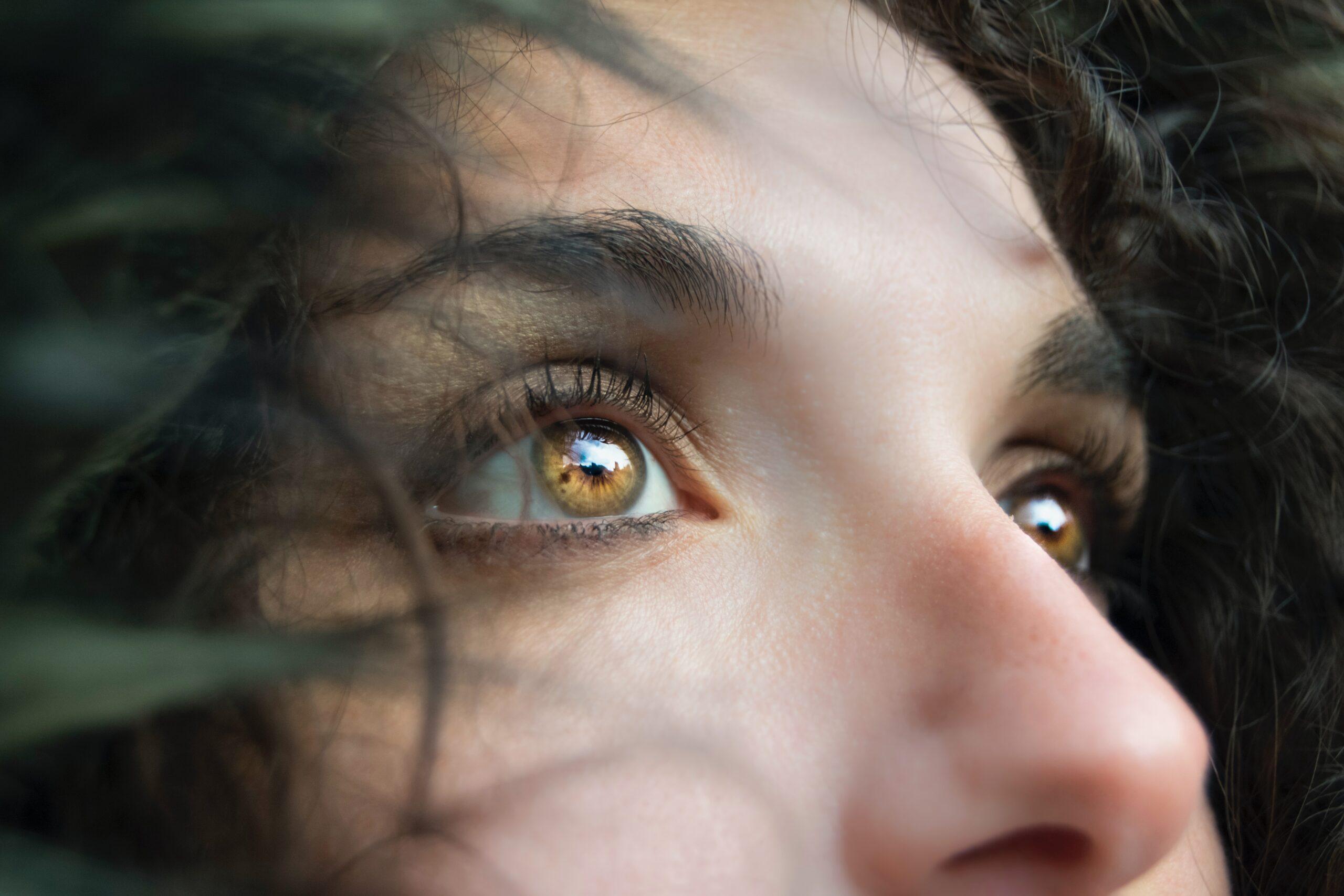Two out of three children in the United States do not receive critical eye care services before age 6, making many children at risk of suffering vision loss. Without a certified vision screening or eye exam, a child may have serious undetected vision problems.
Because much of learning is processed visually, eye disorders can have a tremendous effect on a child’s performance in the classroom. Today, approximately one in four school-age children has some form of vision impairment serious enough to impede learning. Likewise, kids who have undiagnosed vision disorders can become frustrated in school and labeled with learning disorders or behavioral problems.
Yet, some potentially blinding eye diseases and conditions can be detected early in life. Prevent Blindness America recommends children have their vision checked at infancy, 6 months, 3 years and 5 years, with follow-ups as needed. Not all kids can tell you when they have a vision problem. Sadly, many children do not know they have a problem because they think how they see is how everyone else sees. Through early detection and treatment, however, a child’s chance of successfully achieving healthy vision vastly improves.
When Hannah Kopach was a toddler, she was diagnosed with strabismus (crossed eyes) and amblyopia (lazy eye). Through years of undergoing surgery, eye patching (a therapy of wearing an eye patch over the “good” eye to make the other eye grow stronger), wearing glasses and taking frequent eye exams, Kopach’s vision, at 16 years old, has dramatically improved.
“Wearing the eye patch for almost four years of my childhood was a difficult challenge,” says Kopach, “but it sure paid off. Although patching did not completely correct my vision, it improved my eyesight greatly. I always dreaded going to the eye doctor and having to read off blurry, enlarged letters. ‘Is…it…an…E?’ I hated not knowing what letter appeared on the screen. But my eye doctor, Dr. Leonard, reminded me to not be disappointed, because she was only testing me to write a better prescription for my glasses.”
Kopach considers all of the doctor appointments and corrective measures well worth it for improving her vision. Along the way, she’s developed her own coping strategy. “Although it can be a struggle sometimes, like when I want to stay up late reading and my eyes just don’t cooperate, I’ve developed a sense of humor about my condition,” she says. “I’m very open about my trouble seeing, and everyone respects the fact that it is sometimes hard to handle. I believe that living with this disability really shapes me as a person, and it’s best to be comfortable when speaking out about it with other people. When I see a little kid wearing a patch at the grocery store, I usually say hello and tell them to keep up the patching, it works! I love telling my story to anyone and everyone who asks, and I believe it makes me stronger as a person.”
Eye problems in children can range from common refractive errors such as nearsightedness and farsightedness, to serious eye disease.
Thanks to early detection and treatment, Kopach and thousands of children like her are on the path to a lifetime of improved vision. For additional wisdom on children’s eye health and conditions, Prevent Blindness America, the nation’s oldest eye health and safety organization, provides free information to parents at www.preventblindness.org and (800)331-2020.
Signs of Potential Eye Problems in Children
- Child rubs eyes a lot.
- Child closes or covers one eye.
- Child tilts head or thrusts head forward.
- Child has trouble reading or holds objects near eyes to see.
- Child blinks more than usual or seems cranky when doing close-up work.
- Child squints eyes or frowns.
- Child’s eyes don’t align; one eye appears crossed or looks outward.
- Child’s eyelids are red rimmed, crusted or swollen.
- Child’s eyes are watery or red.
Possible Vision Conditions in Children
- Amblyopia or “lazy eye”— the most common cause of visual impairment in kids. As the brain develops and receives diminished images from the affected eye, it begins to suppress those images and favor the unaffected eye. If this condition persists, the weaker eye may become useless. Amblyopia gets more difficult to treat effectively as the child becomes older.
- Strabismus or “crossed eyes”— a condition where the eyes are misaligned, or do not line up with each other. This problem is caused when the muscles do not work together. Strabismus may eventually lead to amblyopia. Approximately one in 50 children has strabismus.
- Congenital Cataract— a clouding of the eye’s lens that blocks light needed for sight. Some cataracts are present at birth or can develop during the first few months or years of life. In many cases, the cause is unknown. In older children, cataracts are often related to eye injuries. Depending on the severity of the cataract, surgery may be required. Approximately 0.4 percent of all children are born with cataracts in one or both eyes.
- Congenital Glaucoma— a group of diseases that diminishes peripheral vision. Children born with this may have symptoms such as cloudy eyes, sensitivity to light and excessive tearing. Most cases of congenital glaucoma require surgery. According to the International Glaucoma Association, it is present in one in 10,000 births.
If a child fails a vision screening or there is any concern of an eye or vision problem, he or she should be referred for a comprehensive professional eye examination immediately. This combination of primary care physician eye examinations and vision screenings with a referral for a professional eye examination is recommended by the American Academy of Pediatrics, the American Academy of Ophthalmology and the American Association for Pediatric Ophthalmology and Strabismus.




